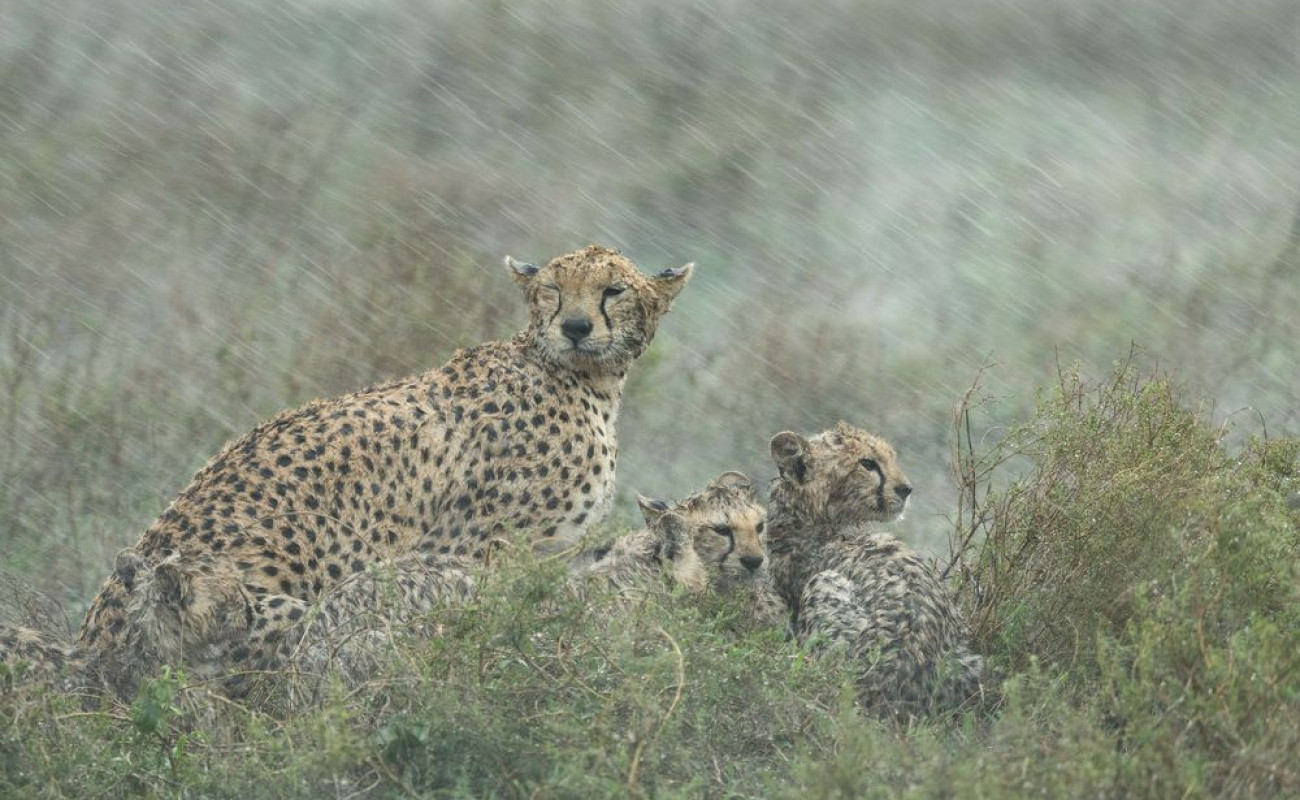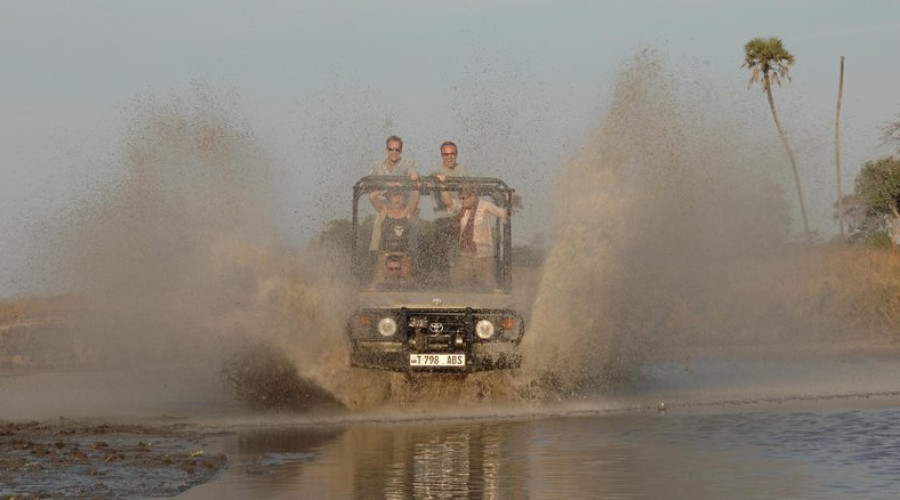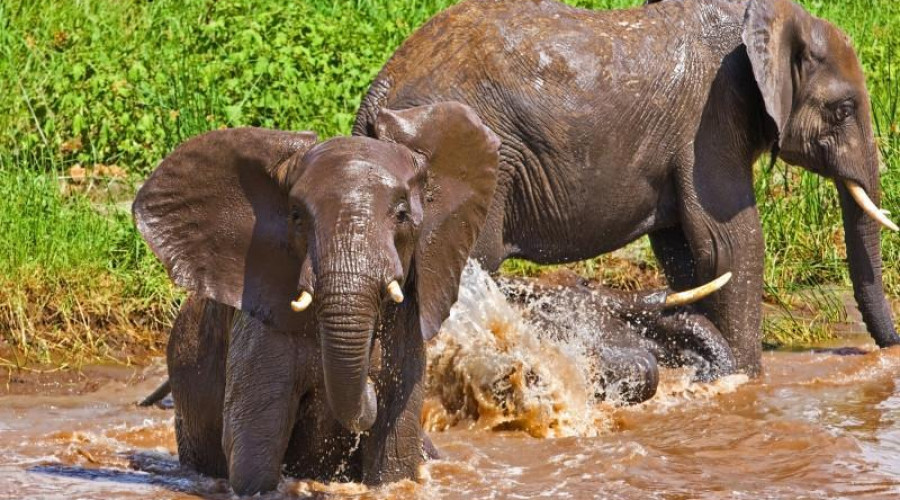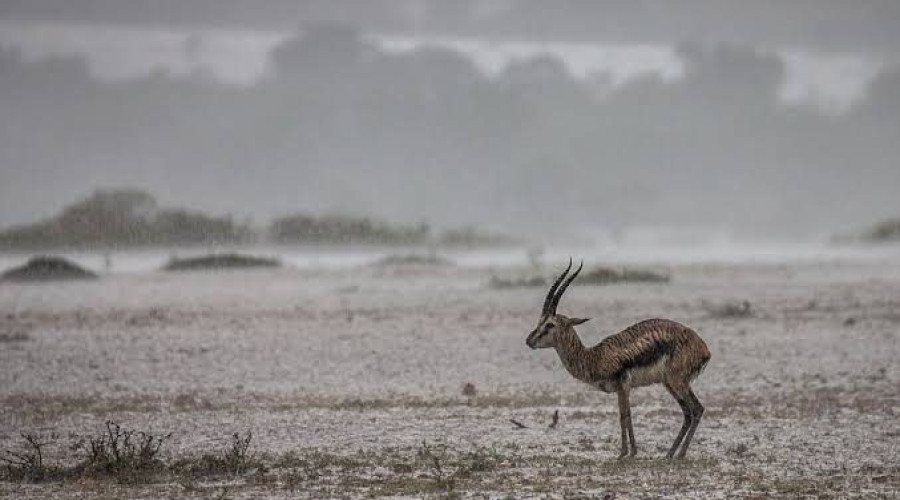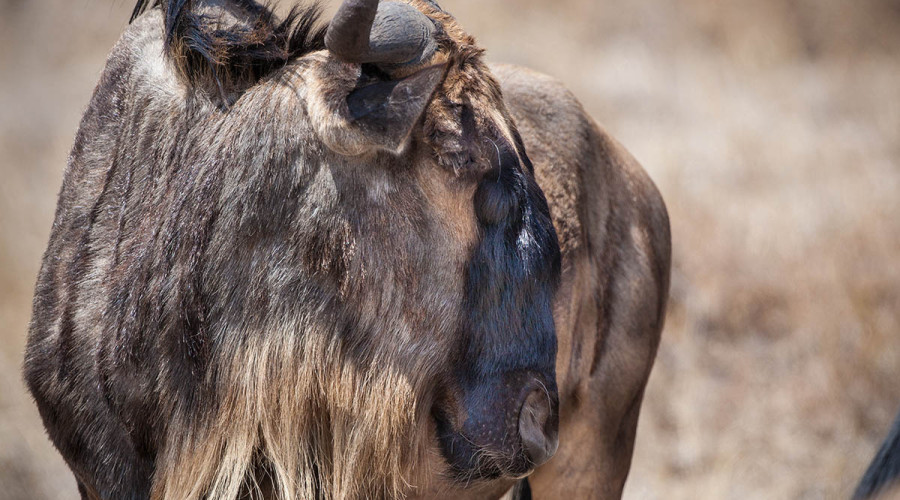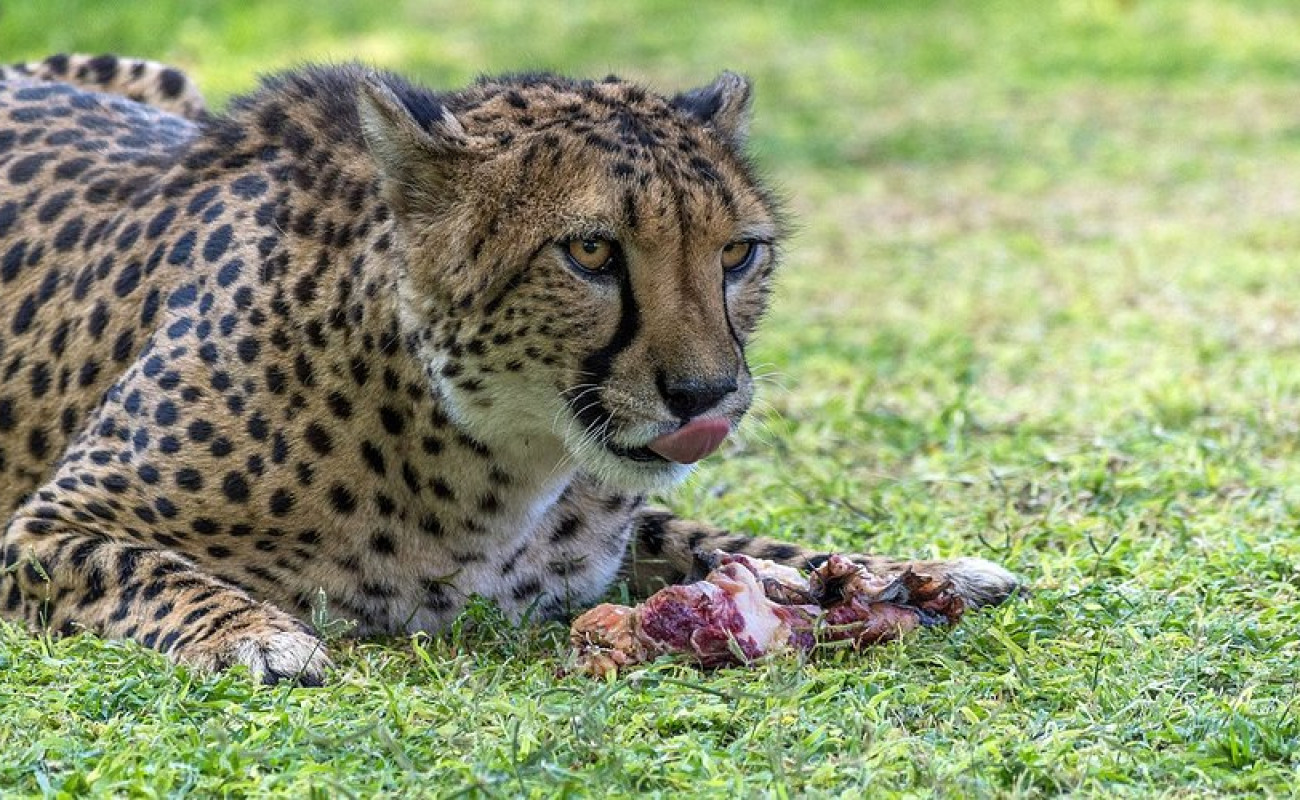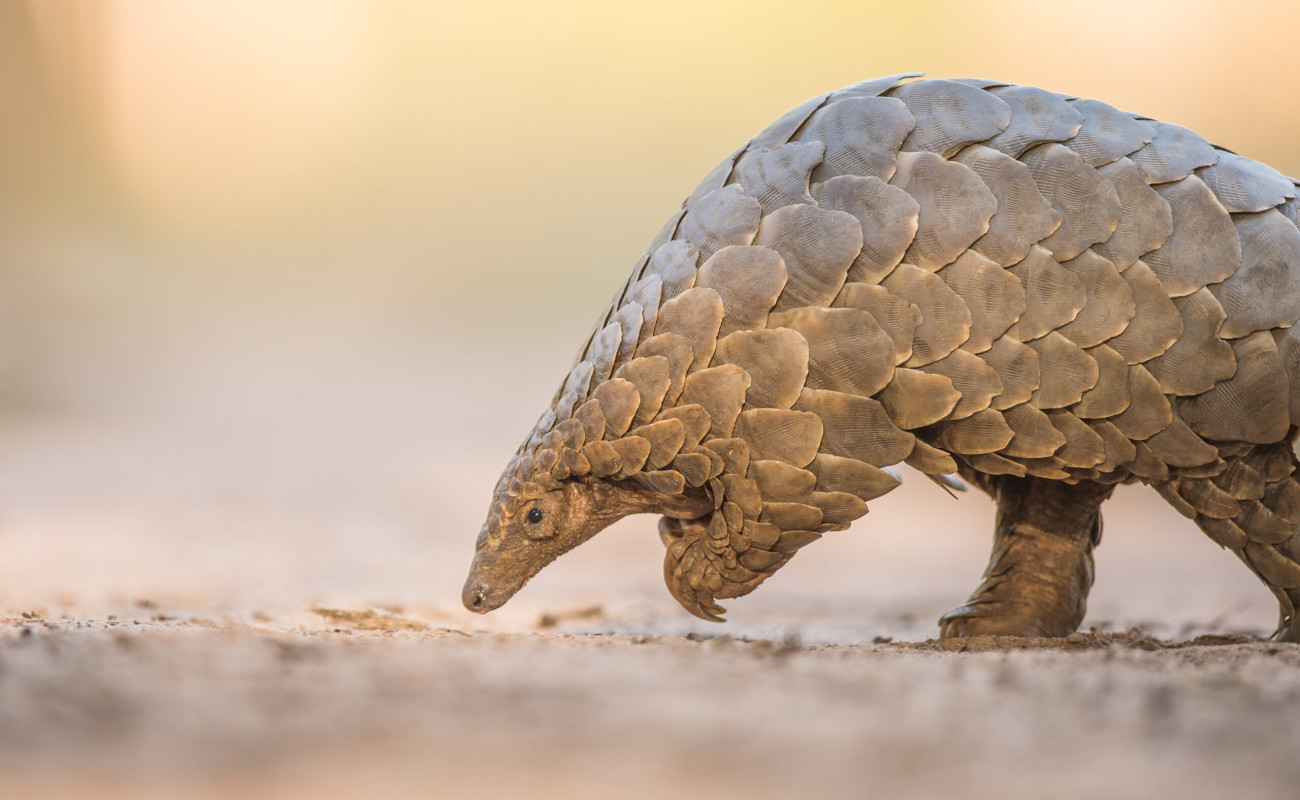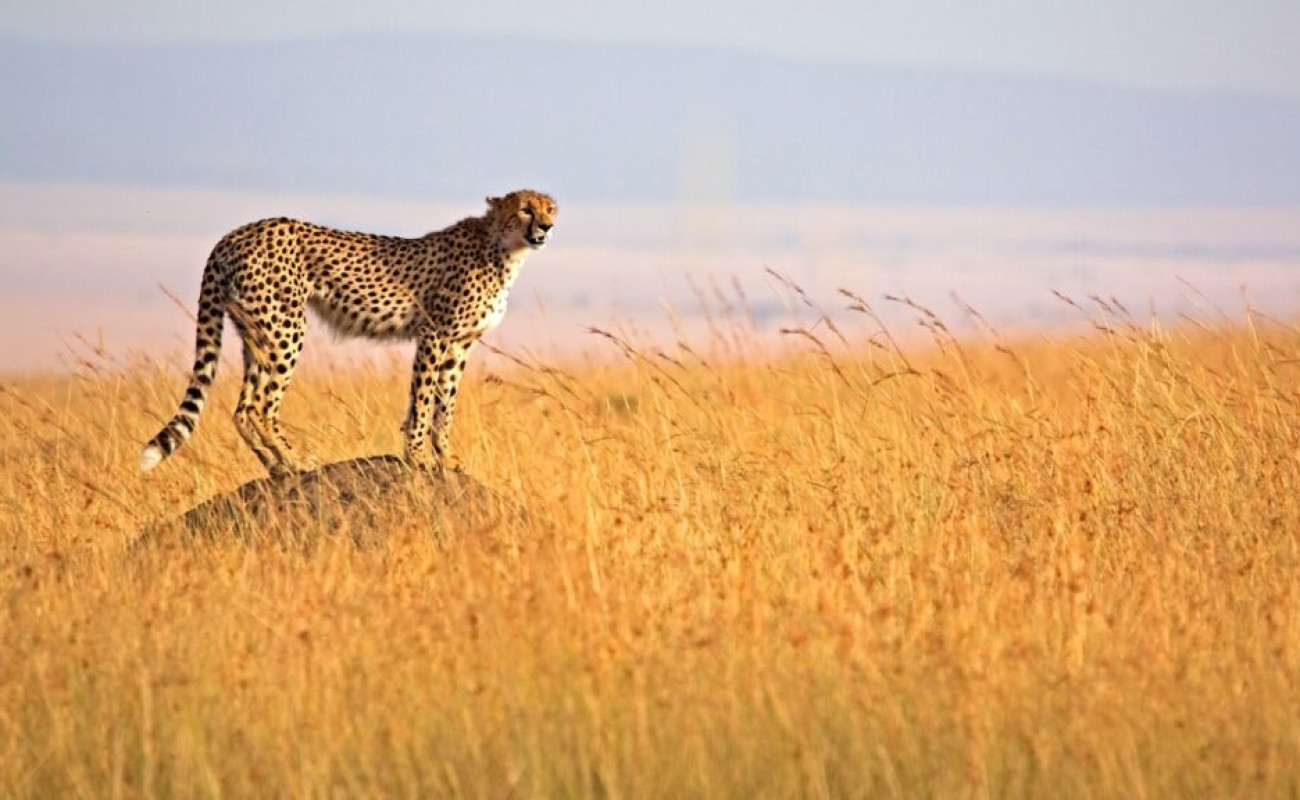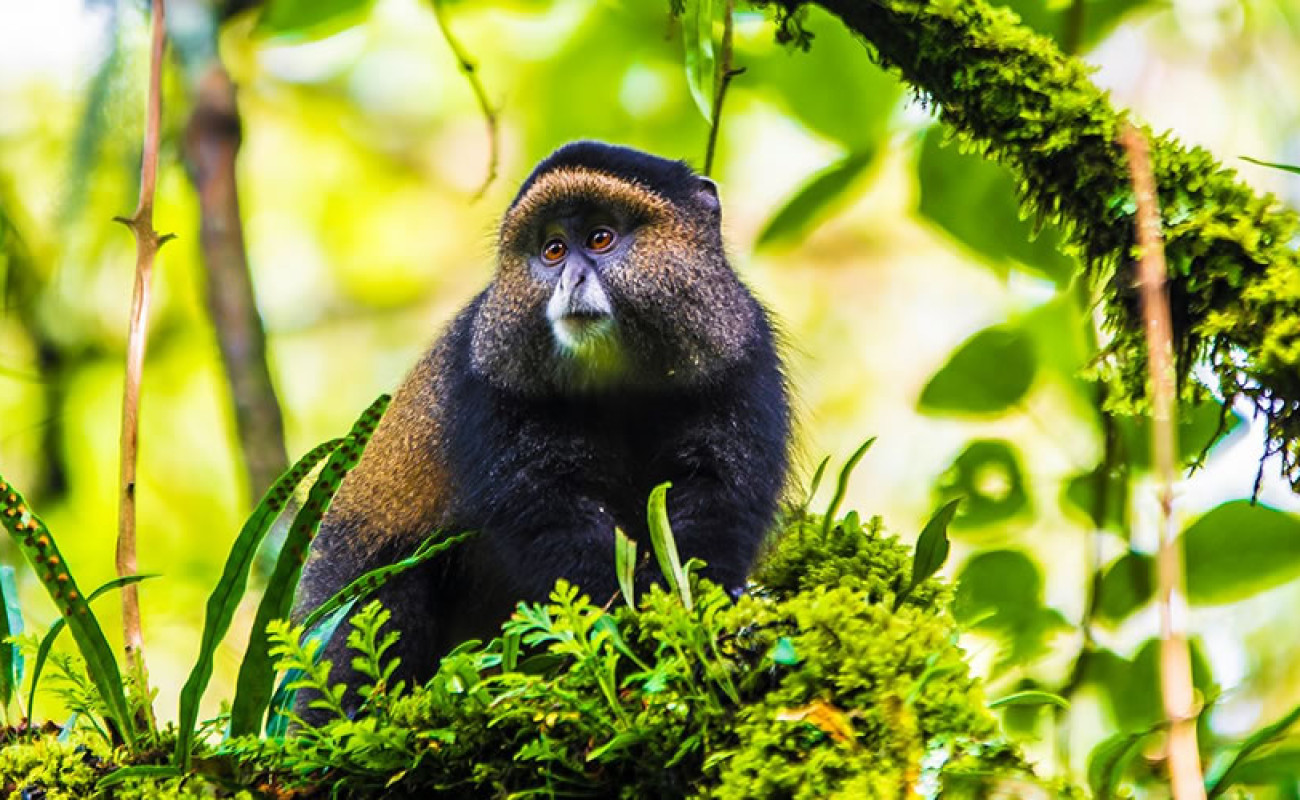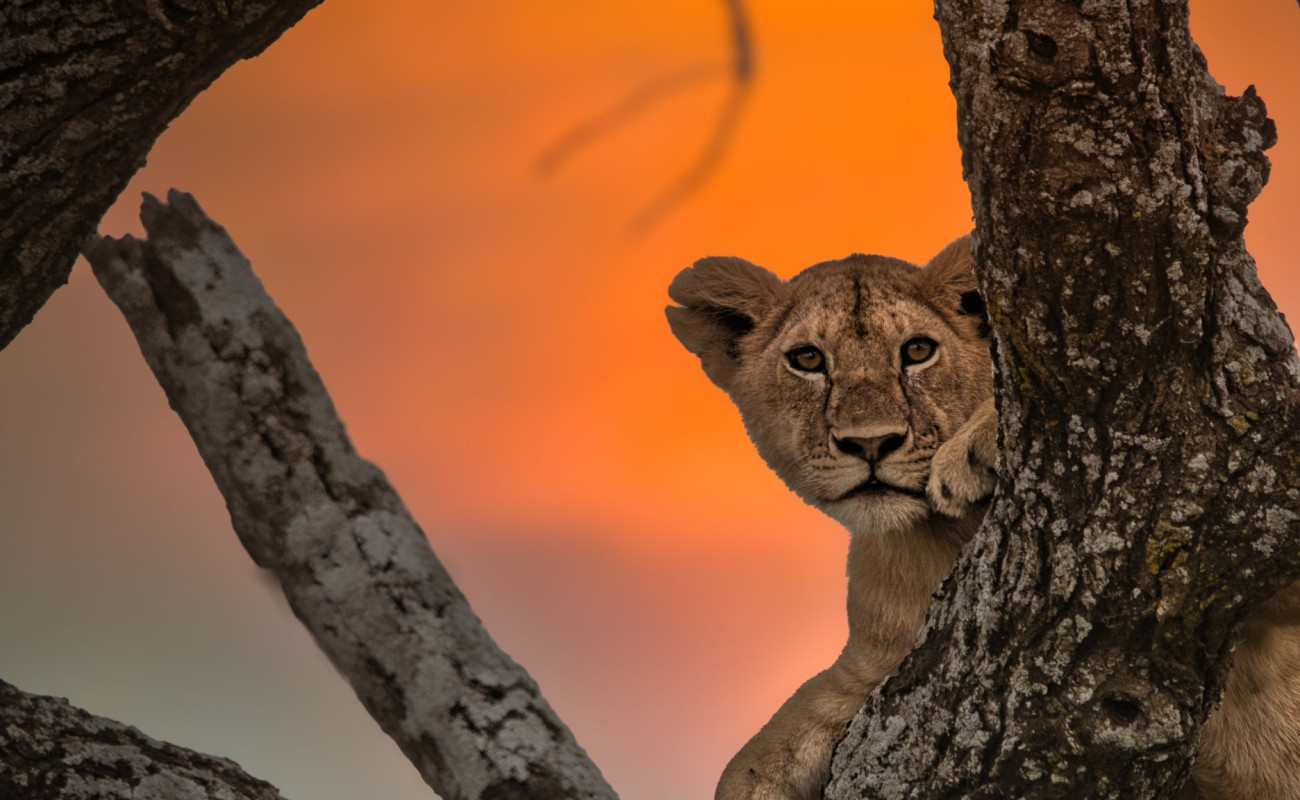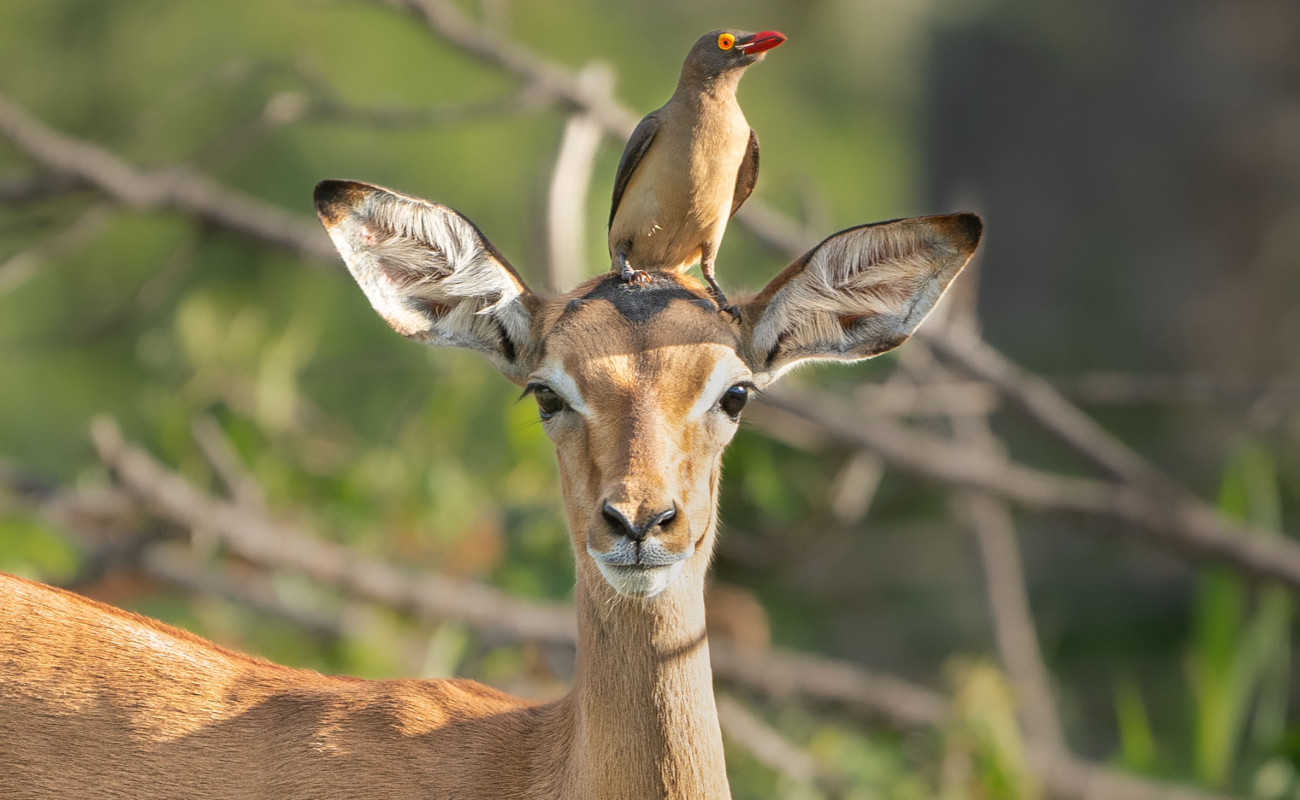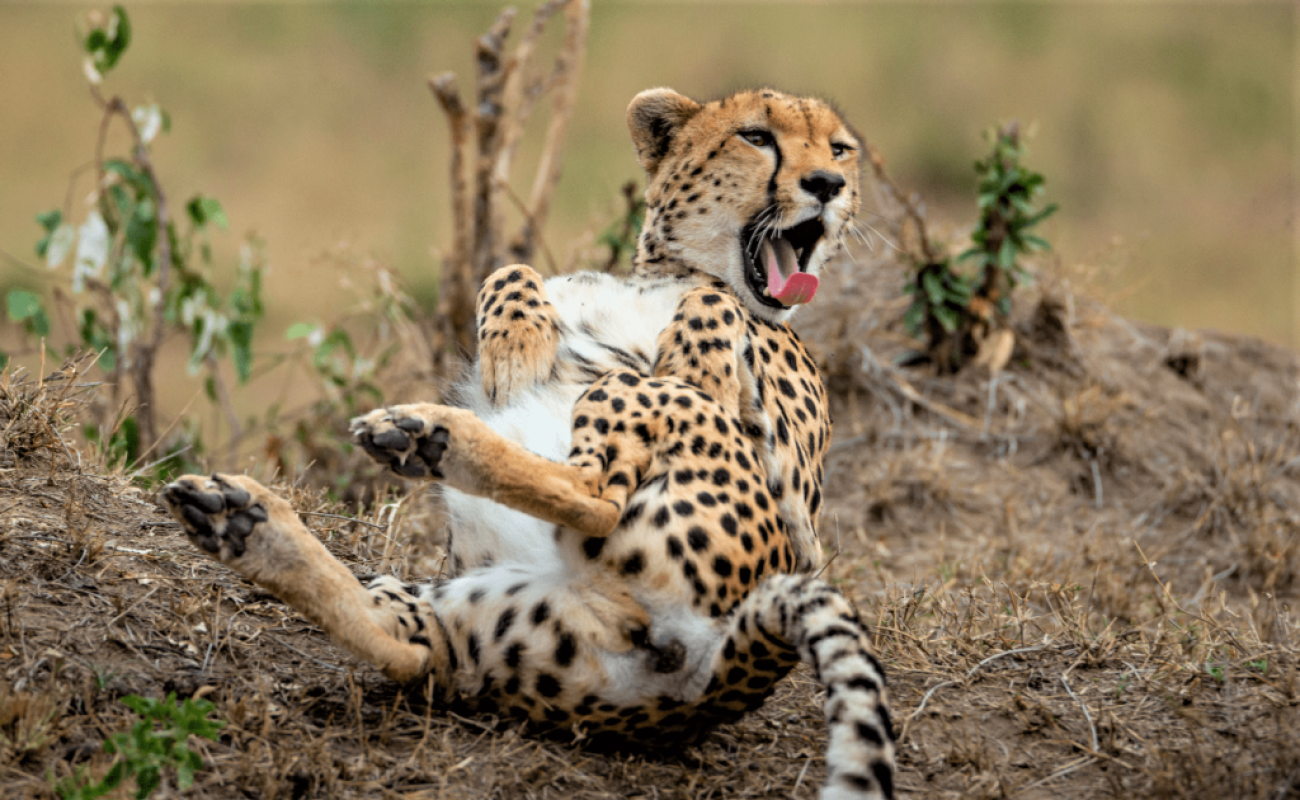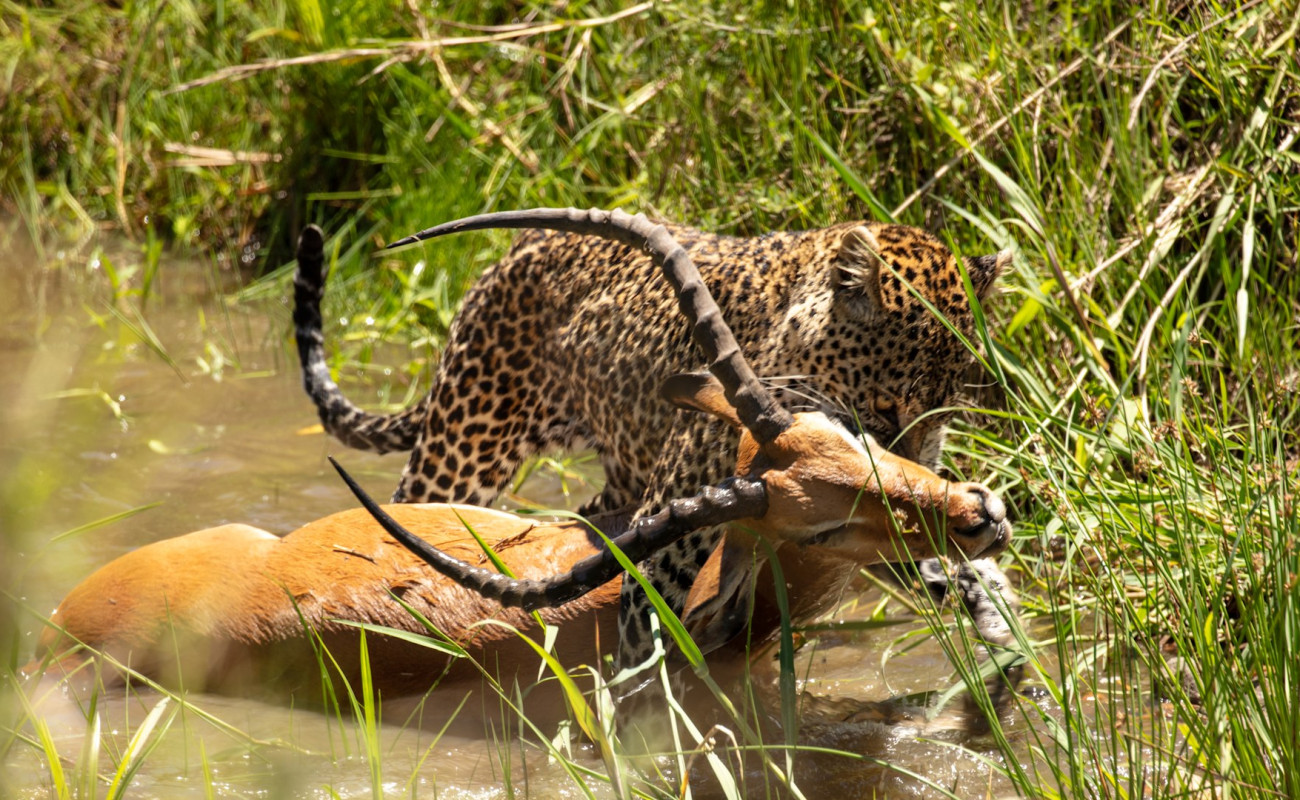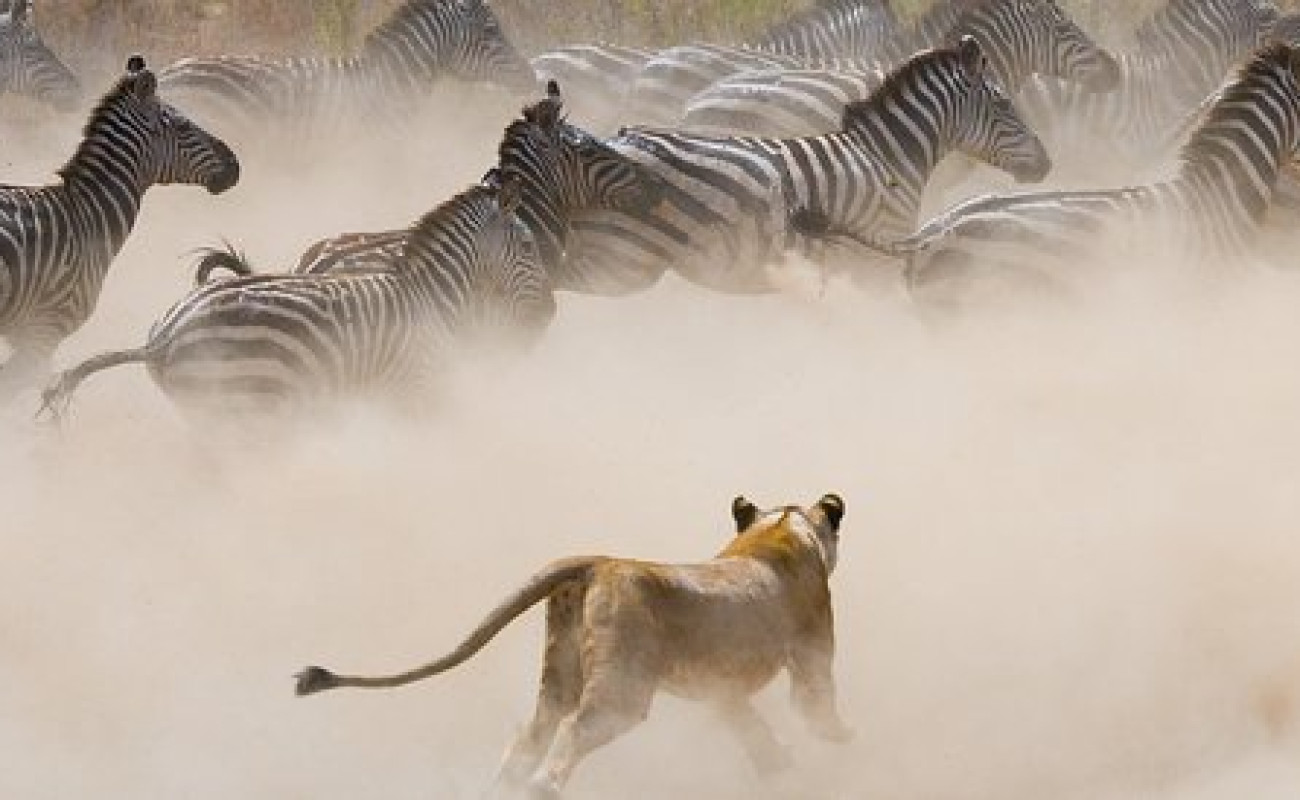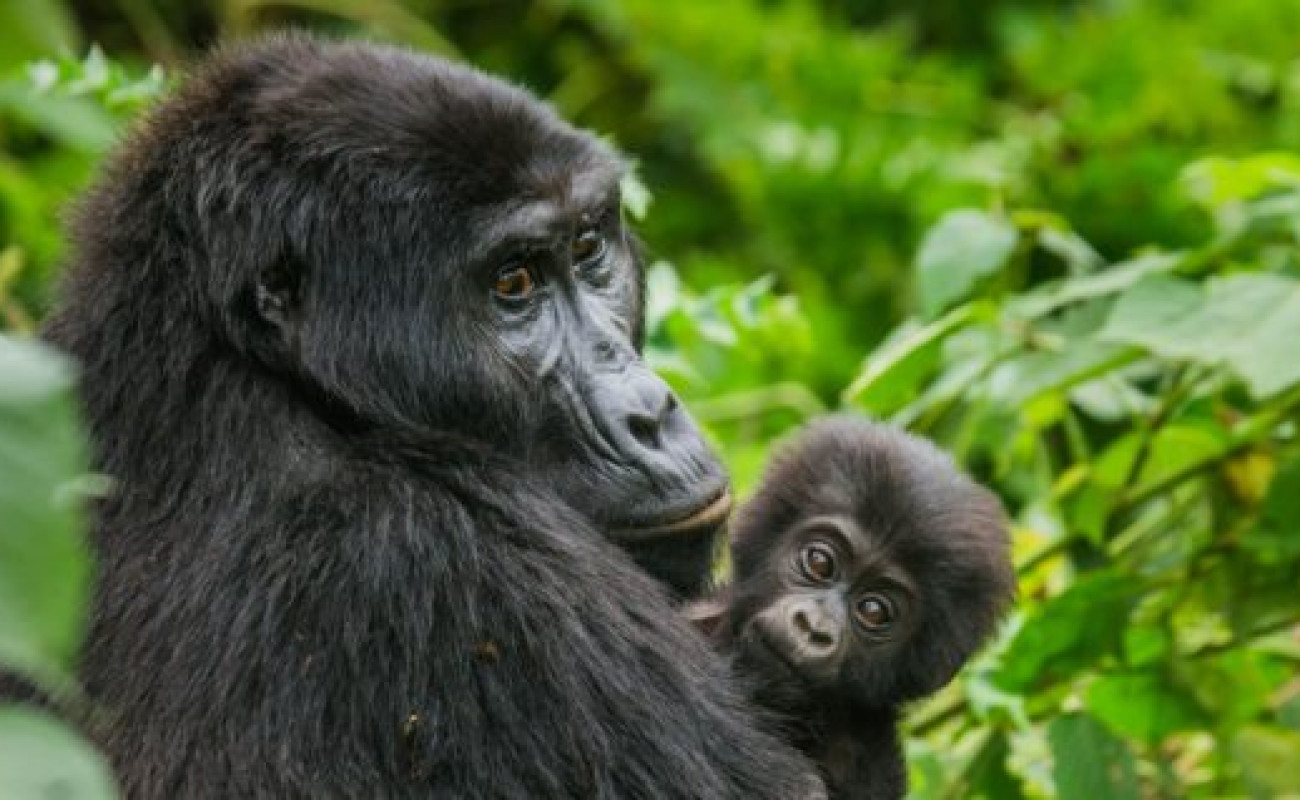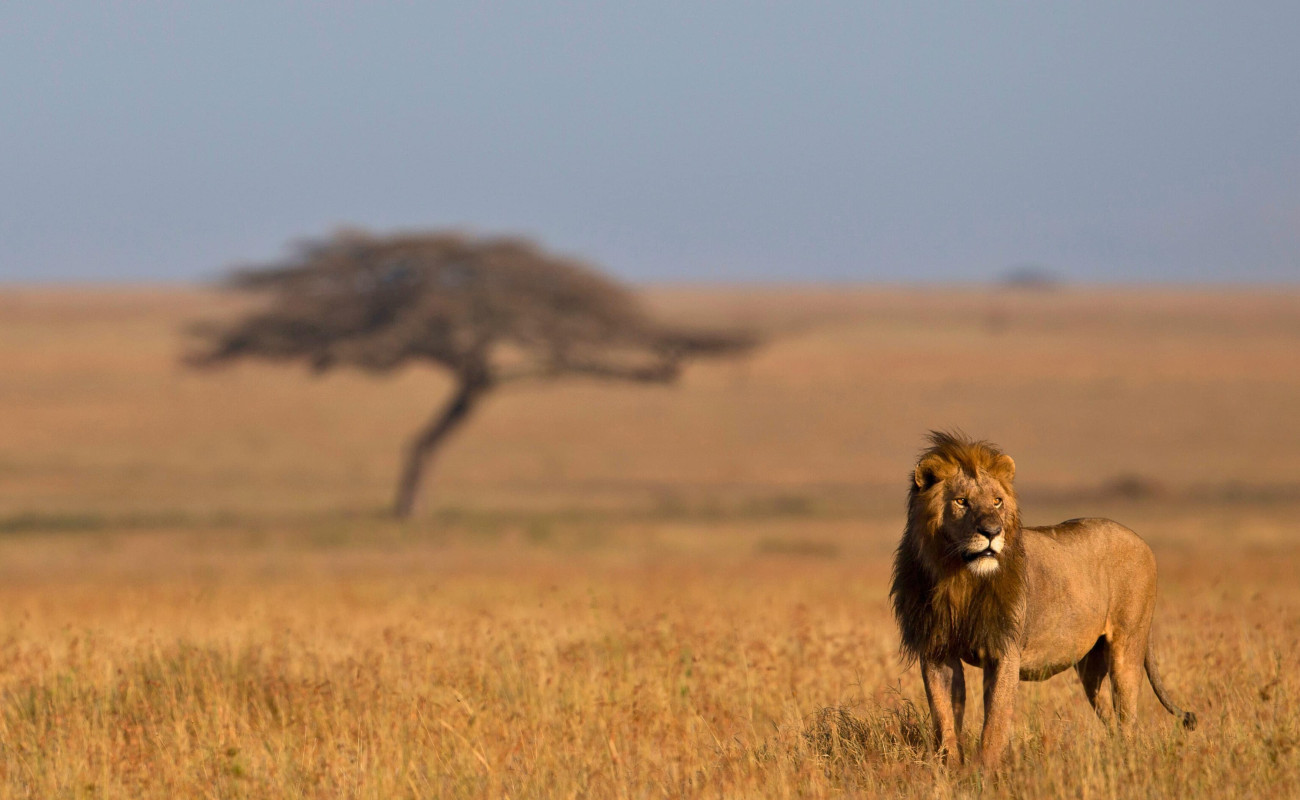1.Serengeti National Park in Tanzania
The plains transform into a lush green paradise after rain. Wildebeest and zebras move across softened land. The short rains coincide with the calving season in the southern plains, creating moments of raw wildlife drama.
Baobabs and rolling hills become even more spectacular surrounded by green grass. Water sources attract elephants, giraffes, and a wide variety of birds, often closer to roads, making encounters intimate and memorable.
Flooded rivers form temporary wetlands perfect for boat safaris. Hippos, crocodiles, and waterbirds thrive in this environment. Access may require careful navigation, but the experience is unmatched for those seeking wild seclusion.
Short rains turn the crater floor into an emerald carpet. Predators and herbivores interact against lush vegetation and sparkling waterholes. Even with wet tracks, the crater provides some of the most rewarding wildlife experiences.
During the rains, the Mara’s rolling plains become green and vibrant. Predators are active and wildlife is abundant. There are fewer tourists, allowing more intimate sightings.
After rain, elephant herds splash in waterholes with snow-capped Kilimanjaro in the background. The green season enhances photography and birdwatching experiences.
Rain fills the Kazinga Channel and wetlands, attracting hippos, elephants, and birds. Tree-climbing lions in Ishasha stand out against the green landscape.
The rainforest comes alive during the rains. Gorillas are more active, mist swirls through the trees, and trekking through the muddy paths creates a raw, unforgettable encounter with nature.
At Eagle Soul Adventure, we do not simply transport tourists from one point to another. We guide travelers through a wild landscape where every puddle, muddy track, and stormy sky contributes to the story.
Embrace the mud, the green plains, and the soft light of rainy skies. This is a safari at its most alive, most intimate, and most unforgettable across Tanzania, Kenya, and Uganda.
